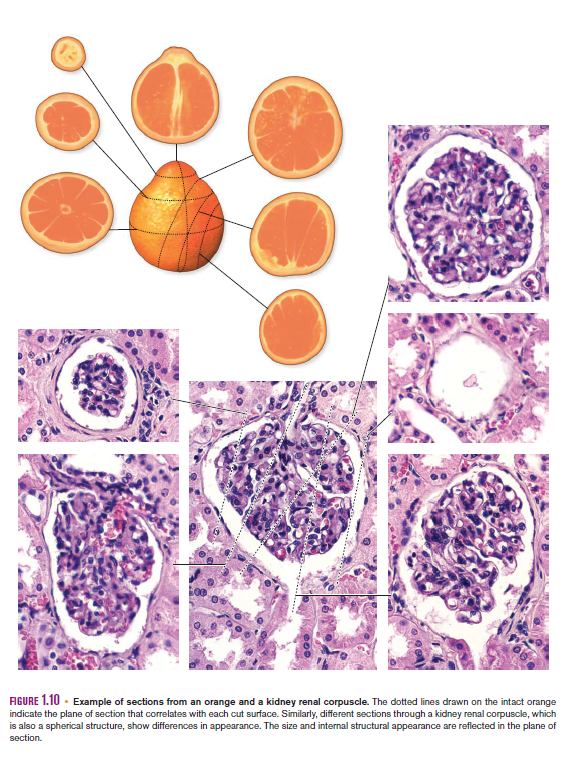Name: Histology: A Text and Atlas : with Correlated Cell and Molecular Biology
Edition: 6th
Author: Michael H. Ross, Wojciech Pawlina
Subject: Human Histology
Language: English
Publisher: Wolters Kluwer

Brief Introduction
Histology: A Text and Atlas is the bible of another subject dreaded by a lot of health science students – histology. Less commonly known by its full name as ‘Histology: A Text and Atlas, with Correlated Cell and Molecular Biology, 6th Edition’, this histology encyclopedia has terrified many students such as yourself, helped or saved others, and even turned a few into pathologists.
Ever since conception of the first edition in 1985, this textbook has received constant makeovers and new features. Each edition has inched closer to completing its single and most important aim – to simplify and make histology as manageable as possible.
Written by Michael H. Ross and Wojciech Pawlina, two dedicated physicians, ‘Histology: A Text and Atlas’ intertwines histology and cell and molecular biology with an ease that is difficult for competitors to match. The majority of other histology textbooks describe the structure, features, functions, components – and so on – of tissues quite well, but they stop there.
What makes this particular book the cream of the crop is that it goes above and beyond the call of duty by diving all the way down to the molecular level, way beyond the histology of tissues. In doing so, it increases your likelihood of really understanding the topic at hand, rather than merely memorizing it.
Contents
- METHODS
- CELL CYTOPLASM
- THE CELL NUCLEUS
- TISSUES: CONCEPT AND CLASSIFICATION
- EPITHELIAL TISSUE
- CONNECTIVE TISSUE
- CARTILAGE
- BONE
- ADIPOSE TISSUE
- BLOOD
- 11.MUSCLE TISSUE
- 12.NERVE TISSUE
- CARDIOVASCULAR SYSTEM
- LYMPHATIC SYSTEM
- INTEGUMENTARY SYSTEM
- DIGESTIVE SYSTEM I: ORAL CAVITY AND ASSOCIATED STRUCTURES
- DIGESTIVE SYSTEM II: ESOPHAGUS AND GASTROINTESTINAL TRACT
- DIGESTIVE SYSTEM III: LIVER, GALLBLADDER, AND PANCREAS
- RESPIRATORY SYSTEM
- URINARY SYSTEM
- ENDOCRINE ORGANS
- MALE REPRODUCTIVE SYSTEM
- FEMALE REPRODUCTIVE SYSTEM
- EYE
- EAR
Excerpts
…
The objective of a histology course is to lead the student to understand the microanatomy of cells, tissues, and organs and to correlate structure with function. The methods used by histologists are extremely diverse. Much of the histology course content can be framed in terms of light microscopy.
Today, students in histology laboratories use either light microscopes or, with increasing frequency, virtual microscopy, which represents a method of viewing a digitized microscopic specimen on a computer screen. In the past, more detailed interpretation of microanatomy was with the electron microscope (EM)—both the transmission electron microscope (TEM) and the scanning electron microscope (SEM).
Now the atomic force microscope (AFM) can also provide high-resolution images, which are comparable in resolution to those obtained from TEM. Both EM and AFM, because of their greater resolution and useful magnification, are often the last step in data acquisition from many auxiliary techniques of cell and molecular biology.
…
Screenshots





Download Links
The download links are hidden, you should sign-in and pay the fee(diamonds) or points to get the links.
Related: MBBS study materials